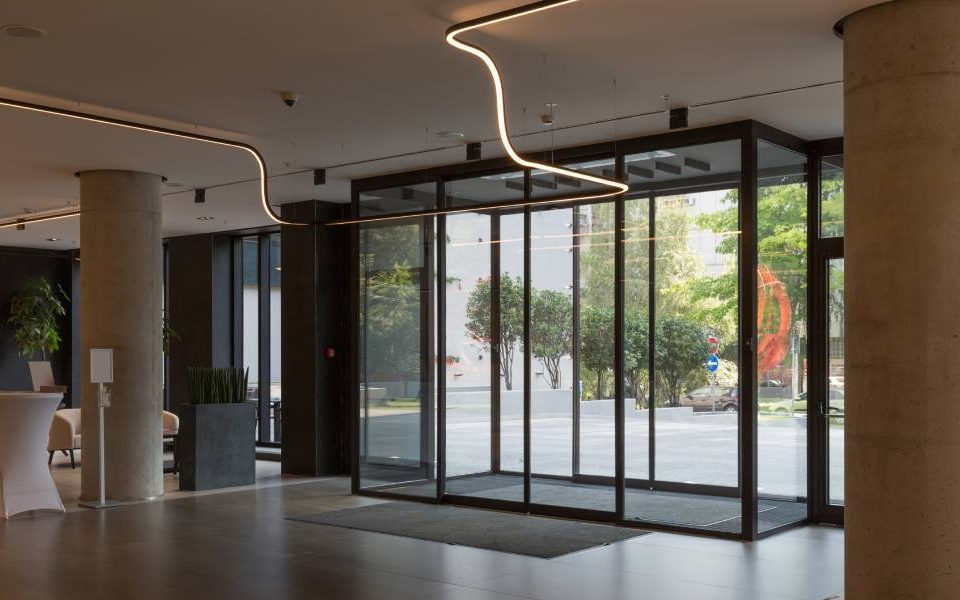What Kind of Gases Do Hospitals Use?
Inside hospitals, a dozen different departments do a dozen different things. Medical professionals have a multitude of tools at their disposal to treat patients and save lives. There are so many different machines in use in those departments that it boggles the mind. Million-dollar CT scanners work alongside hundred-dollar tanks of oxygen. Hospitals rely on different gases to clean instruments, preserve samples, and save lives, and they must keep track of these gases. Otherwise, the costs of the gas could spiral out of control. What kind of gases do hospitals use? Let’s find out.
Oxygen
Pure oxygen is a gas that has been in use in hospitals since the early 20th century. It is requisite in any medical setting. Doctors use it during surgery and to resuscitate patients who cannot breathe properly. A patient is fitted with a breathing tube so their body gets the necessary amount of oxygen during the procedure. Oxygen is vital for life support, cardiac arrest, shock, and to combat carbon monoxide poisoning, to name a few instances.
Carbon Dioxide
Carbon dioxide is used for insufflating medical gas for less-invasive surgeries like arthroscopy, laparoscopy, and cryotherapy. It is also used to stimulate the respiratory system of patients after anesthesia to help them wake up and start breathing on their own. Larger hospitals may have carbon dioxide piped in rather than buying tanks.
Medical Air
The most common kind of gas hospitals use is medical air. Yes, there is medical air, and it’s better than what we breathe every day. It is compressed air that hospitals use to distribute medical gases. It’s free of contamination and particles, odorless, and completely dry. Moisture in compressed air can build up in a hospital’s pipelines, creating problems. The medical air is used to operate pneumatic tools, compressors, and for use in the laboratory setting.
Nitrogen and Liquid Nitrogen
Nitrogen gas is used for cryosurgery and removal of some cancers and skin lesions. It’s vital for the storage of cells, tissues samples, and blood in cryogenic temperatures. The extreme cold keeps the samples from oxidizing. Liquid nitrogen freezes almost everything on contact. Because of that it’s used to freeze tissue samples, to remove warts and moles, and in other procedures.
Nitrous Oxide
We all know nitrous oxide under its more common name, “laughing gas.” It’s been in use by doctors and dentists for over 200 years to keep patients pain-free. Its most common use is as anesthetic during surgery. Nitrous oxide is as effective today as it was decades ago.




